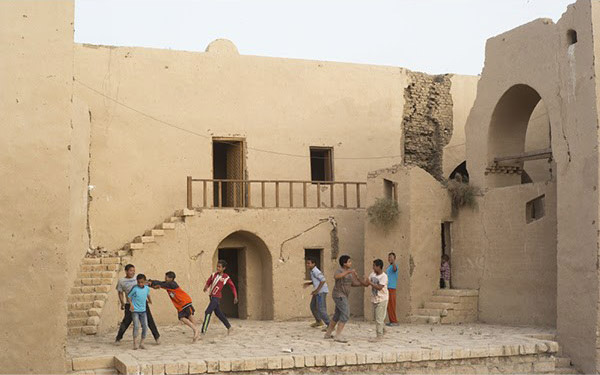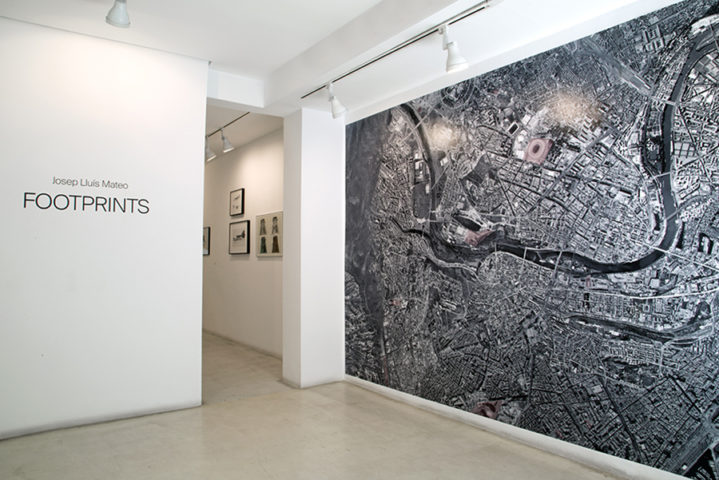21.06 – 13.10.2019
FUNDACIÓ ANTONI TÀPIES
Conversación / Conversation 20.06, 19.00h / 7pm
Conversación con Hannah Collins y Anna Puigjaner en el auditorio de la Fundació Tàpies, 20.06, 19.00h / Conversation with Hannah Collins and Anna Puigjaner at the Fundació Tàpies auditorium, 20.06, 7 p.m.
Hannah Collins, artista, y Anna Puigjaner, doctora en arquitectura, cofundadora de MAIO arquitectos y autora de Kitchenless City, conversarán sobre arquitectura, colectivismo y sostenibilidad durante la presentación de la exposición que pone el foco en la figura arquitecto egipcio Hassan Fathy (1900-1989).
Hannah Collins, artist, and Anna Puigjaner, Ph.D. in architecture, co-founder of MAIO architects and author of Kitchenless City, will talk about architecture, collectivism and sustainability during the presentation of the exhibition that focuses on Egyptian architect Hassan Fathy (1900-1989).

